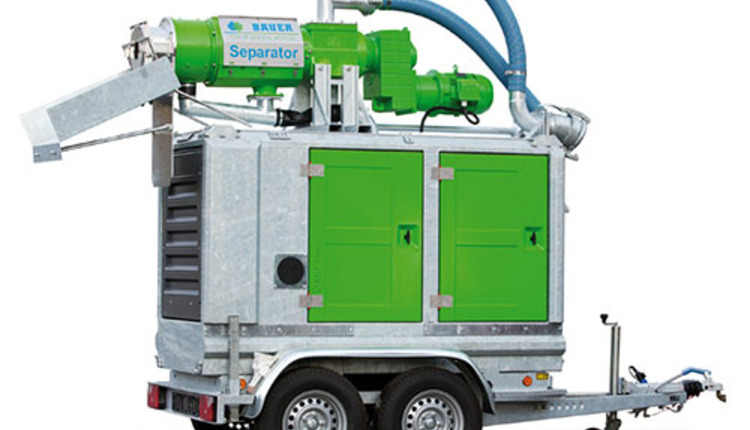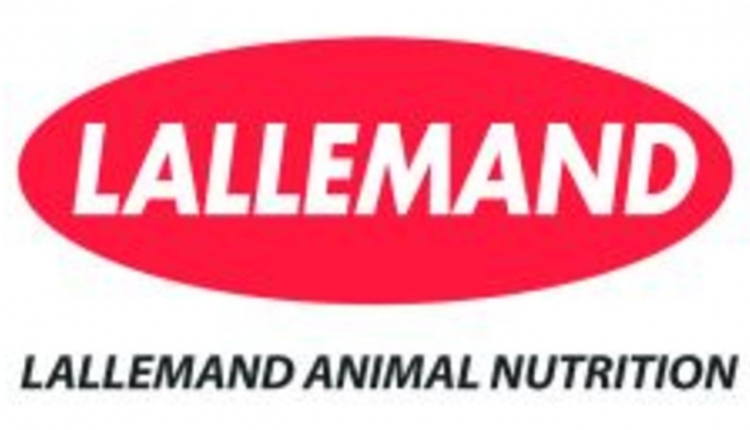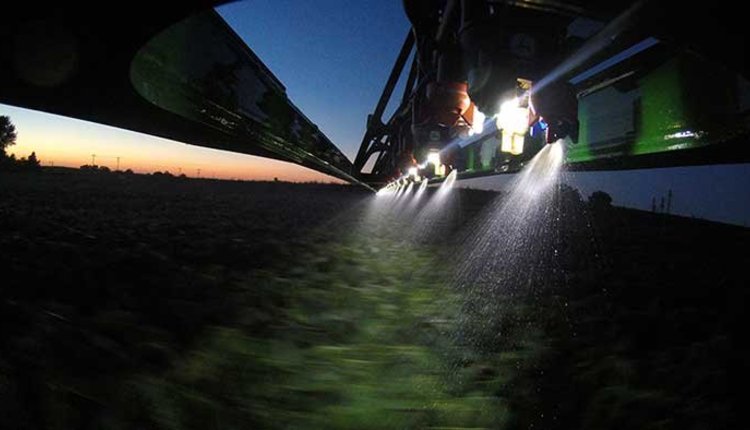Conservation Stewardship Program to offer additional options to respond to producer needs
 In response to customer and partner input, USDA's Natural Resources Conservation Service announced today a significant update to the Conservation Stewardship Program (CSP), the nation's largest conservation program by acreage. Beginning with the new enrollment period planned later this year, the updated CSP will leverage redesigned planning and evaluation tools and an expanded array of new enhancements to provide conservation-minded producers with more options to improve conditions on working lands.
In response to customer and partner input, USDA's Natural Resources Conservation Service announced today a significant update to the Conservation Stewardship Program (CSP), the nation's largest conservation program by acreage. Beginning with the new enrollment period planned later this year, the updated CSP will leverage redesigned planning and evaluation tools and an expanded array of new enhancements to provide conservation-minded producers with more options to improve conditions on working lands."After hearing from farmers, ranchers, and partners who wanted to see improvements to the Conservation Stewardship Program, we're launching this update to make a successful program work even better," said NRCS Chief Jason Weller. "We've redesigned the program to provide for greater local involvement, offer more opportunities for conservation and innovation on working lands, and make the connection between actions and outcomes more accessible to producers. Together, we can help those that grow our food and fiber take conservation efforts on working lands to the next level."
Updates to the program will help make CSP more accessible and transparent by helping producers better evaluate their conservation options and the impact to their operations. NRCS has developed new CSP tools that function similarly to other standard NRCS tools, which will better integrate CSP into the suite of NRCS conservation programs. With these new tools, producers will be able to see up front why they are or are not meeting stewardship thresholds, allowing them to pick practices and enhancements that work for their conservation objectives.
The new tools also allow producers to see potential payment scenarios for conservation early in the process, allowing them to better evaluate their conservation options. NRCS has addressed producer and stakeholder input requesting greater flexibility to address local resource concerns. Now, NRCS will more effectively utilize input from farmers, ranchers and partners in State Technical Committees and local workgroups to inform and expand conservation strategies under the program. Producers will be better prepared to apply because they will know these local ranking priorities and targeted resource concerns in advance.
"A lot has happened in agriculture and conservation since 2010, and the new CSP allows producers to take advantage of new techniques and technologies to increase conservation while boosting production," Weller said. "Through the incorporation of new practices and enhancements, we're making CSP work for more people across the country."
CSP will offer nearly double the enhancements and conservation practice opportunities as before, taking advantage of emerging trends and conservation practices to be more responsive to producers' goals and capabilities. For example, CSP will offer producers four new enhancements that utilize gypsum as a soil amendment, which has been shown to improve water quality by reducing dissolved phosphorus and reducing the potential for pathogens to reach ground and surface water from manure.
CSP will also offer support in the production of biochar following fuel reduction harvests or wildfires, which an NRCS-funded Conservation Innovation Grant shows can reduce debris while increasing soil organic matter and water-holding capacity. NRCS will also offer enhancements for on-site carbon storage and planting for high carbon sequestration rate, while expanding on investments in monarch habitat improvement by supporting the establishment of habitat in pastures.
CSP is for producers who are already established conservation stewards, helping them to deliver multiple conservation benefits on working lands, including improved water and soil quality and enhanced wildlife habitat.
NRCS will provide more information about the new program, including funding opportunities for the Fiscal Year 2017 enrollment period, later this year. Producers interested in the program can find at more at www.nrcs.usda.gov/csp or visit their local USDA Service Center.
9.12.2016








